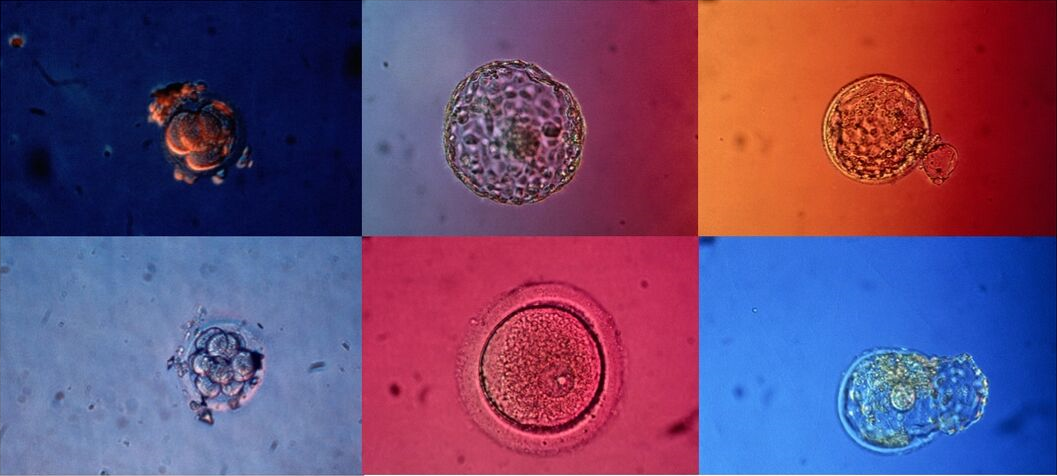In the evening of 9 June our event ‘The IVF Experience and Positive Outcomes: A Social Science Perspective’ took place online in collaboration with the Royal College of Nursing Library & Archives. We were excited that so many people were able to attend from all over the UK (one of the definite benefits of online events). Our audience consisted of Royal College of Nursing members as well as many others who had experience of IVF or were simply interested to learn more about our research.
Sarah Norcross from the Progress Educational Trust opened the event as our host. Project lead, Manuela, introduced the Remaking the Human Body project as a whole, which has involved research with a wide range of fertility professionals as well as IVF patients and their partners. She then introduced the focus of the evening on the experiences of patients and partners going through IVF and what these tell us about the significance of care at different points in treatment.
In preparation for the workshop, Giulia, who manages our public engagement programme, had designed a series of live questions or small tasks that popped up for the audience at certain points during the evening. These questions offered a way for us to get a sense of the audience’s thoughts on the topics presented. It was exciting for us to see how people engaged with the research material and to see their reflections represented visually on-screen, for instance through word clouds like the one below.
In the second part of the workshop, I (a researcher on the project) presented an image of the ‘typical’ IVF treatment timeline that patients often see at the start of their treatment. These timelines, which are often found on fertility clinic websites or in their information booklets, usually emphasise the key moments in treatment such as hormone stimulation, egg and sperm collection, embryo transfer and pregnancy testing. They sometimes also provide some indication of a potential pregnancy and baby as the end point of treatment. Of course, these timelines have a very particular purpose, which is to provide a simple overview of what to expect during the treatment process and instil a sense of confidence in the procedure. But interviews with IVF patients and partners start to reveal all the other things that happen before, alongside, around and on top of these key milestones.
Our research explores peoples’ actual experiences of the IVF treatment process and how this impacts the decisions that they make and the kind of care that they need at different stages. Rather than present a neatly defined set of findings, the rest of the workshop involved a series of real quotes from interviews with patients and partners, which gave an insight into the diverse and complex lived experiences of IVF.
I will end this post with an example of an interview quote from our research with IVF patients, alongside the audience’s reflections on this quote in the form of a word cloud.
The research participant in the following quote explained how they went to a clinic consultation wanting to transfer two embryos in the same transfer procedure. They described having a conversation with their fertility consultant about this decision:
‘[The selection of embryos to transfer] was explained but kind of quite happily like “this is what we need to do and so this is what we recommend.” And the discussion around having two [embryos] put back in with the consultant here, they advised us to think about maybe only having one put back in but then talked to us about the reasons for that and the potential negatives of having two put back. And that was, felt like a really kind of good balanced discussion around what we wanted and what they would suggest.’
Research participant
Then we asked the audience to think of words or tags that capture what is being said in the quote. This is what they suggested:

The audience’s interpretations of quotes offered the stimulus for a really thought-provoking discussion at the end of the workshop about care and what good quality care means in the context of IVF. The feedback from the event also suggested that people enjoyed the opportunity to get involved and share their own interpretations of the research material. We are excited to explore more innovative ways of using online events in the coming final stages of our project.



